Edwin Monk - How to Build Wooden Boats: With 16 Small-Boat Designs
Here you can read online Edwin Monk - How to Build Wooden Boats: With 16 Small-Boat Designs full text of the book (entire story) in english for free. Download pdf and epub, get meaning, cover and reviews about this ebook. year: 2012, publisher: Dover Publications, genre: Home and family. Description of the work, (preface) as well as reviews are available. Best literature library LitArk.com created for fans of good reading and offers a wide selection of genres:
Romance novel
Science fiction
Adventure
Detective
Science
History
Home and family
Prose
Art
Politics
Computer
Non-fiction
Religion
Business
Children
Humor
Choose a favorite category and find really read worthwhile books. Enjoy immersion in the world of imagination, feel the emotions of the characters or learn something new for yourself, make an fascinating discovery.
- Book:How to Build Wooden Boats: With 16 Small-Boat Designs
- Author:
- Publisher:Dover Publications
- Genre:
- Year:2012
- Rating:3 / 5
- Favourites:Add to favourites
- Your mark:
How to Build Wooden Boats: With 16 Small-Boat Designs: summary, description and annotation
We offer to read an annotation, description, summary or preface (depends on what the author of the book "How to Build Wooden Boats: With 16 Small-Boat Designs" wrote himself). If you haven't found the necessary information about the book — write in the comments, we will try to find it.
Written especially for the amateur boat builder, this concise guidebook contains clear, practical directions and designs for building 16 modern small boats, rowboats, sailboats, outboards, a 125-class hydroplane, and a runabout. Youll find detailed step-by-step instructions, with diagrams, for each design presented. The construction techniques have been kept as simple as possible; moreover, the standardized techniques described and illustrated here are used in boat yards and can be used to construct a variety of other craft not included in this volume.
After an enlightening general discussion of small boat building, Mr. Monk, a noted naval architect, presents detailed guidelines for selecting a design, choosing and assembling building materials, and building and finishing the craft. Boat builders can choose from these basic designs: nine-foot dinghy, eight-foot punt, two skiffs, two outboard boats for camping and fishing enthusiasts, two outboard runabouts, an outboard cruiser, outboard racer, racing hydroplane, 18-foot runabout, simplified sailer, centerboard sloop, racing sailboat, and keel sloop.
With this book at your fingertips, you can experience the satisfaction of building and using a strong, well-proportioned craft, designed by an expert a boat that offers hours of enjoyment, both in the workshop and on the water.
Edwin Monk: author's other books
Who wrote How to Build Wooden Boats: With 16 Small-Boat Designs? Find out the surname, the name of the author of the book and a list of all author's works by series.

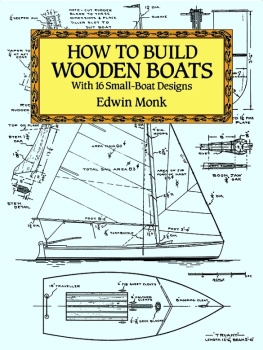
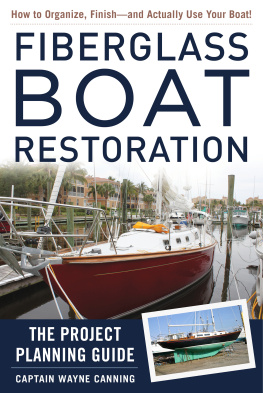

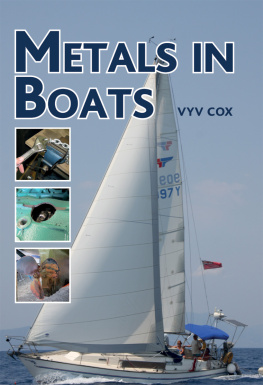
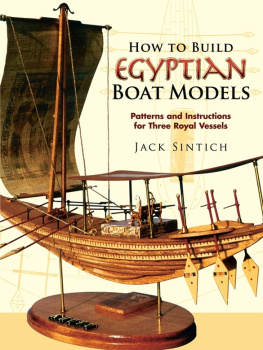


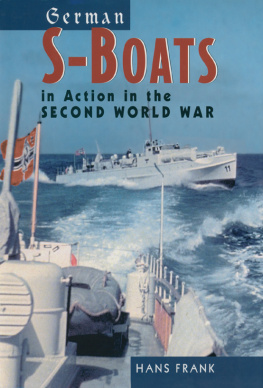
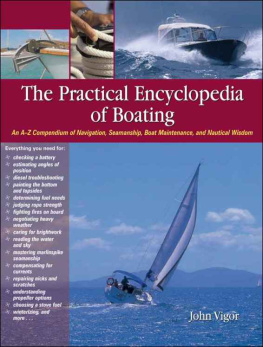
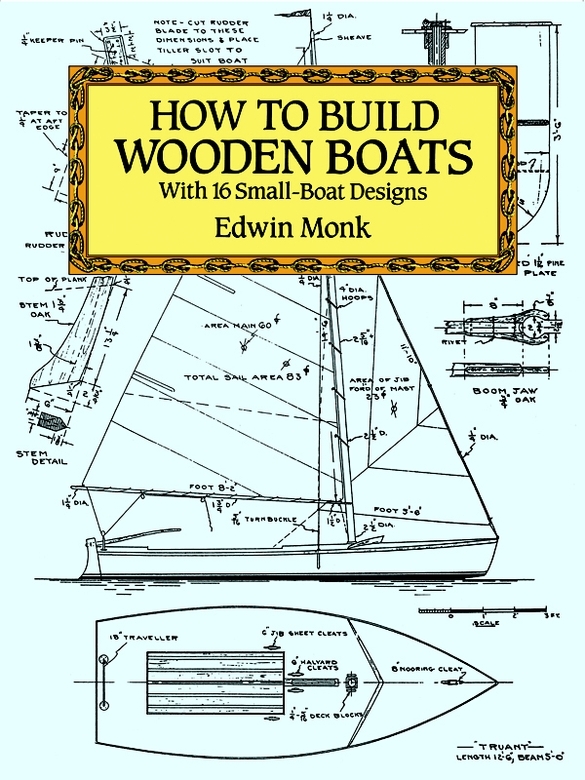
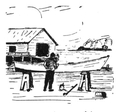 THERE IS A certain fascination about boatbuilding, in watching a boat gradually take shape, and this particularly so when the results are through your own efforts. I often wonder if the amateur builder does not derive as much pleasure in the construction of his craft as he does in the use of it. It is at any rate a good hobby or pastime, and the man who builds his boat doubtless gets a bigger kick out of boating or yachting than does his brother who pays someone to build it for him.
THERE IS A certain fascination about boatbuilding, in watching a boat gradually take shape, and this particularly so when the results are through your own efforts. I often wonder if the amateur builder does not derive as much pleasure in the construction of his craft as he does in the use of it. It is at any rate a good hobby or pastime, and the man who builds his boat doubtless gets a bigger kick out of boating or yachting than does his brother who pays someone to build it for him.